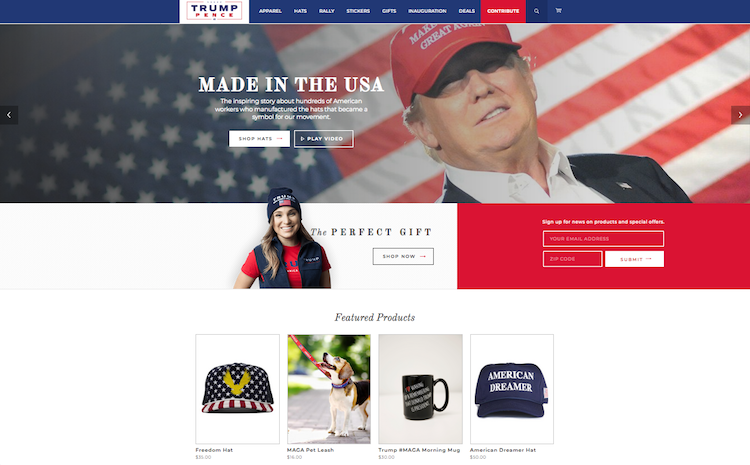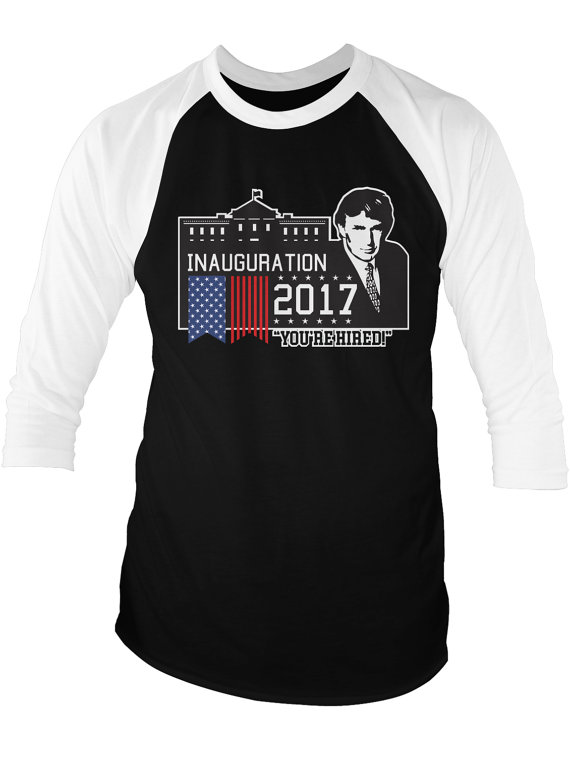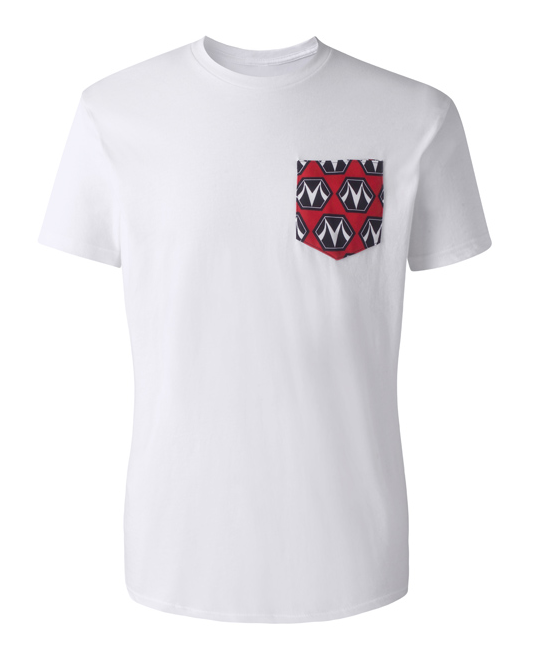In case you haven’t noticed, hats are having a moment. From the giant Jacquemus straw hat Rihanna and Jessica Chastain donned all last summer, to the Dior visor Kim Kardashian showcased on Instagram, to Hidden Valley Ranch’s must-have branded dad hat, headwear has become the latest must-have fashion accessory. We can’t say we’re surprised. With athleisure continuing to dominate streetwear trends and millennials and Gen Z-ers looking for easy embellishments that tie together their looks, promotional hats and headwear are the perfect solution. Even better, the logo hat is more popular than ever, because it gives wearers the chance to make a statement with their cap selection.
We spoke to Tina Liu, marketing manager for OTTO International Inc., Ontario, Calif.; Jamie Allen, marketing director for HTT Headwear, Murrieta, Calif.; and Danny Spier, owner of Kati Sportcap & Bag, Houston. Here, they shared the latest trends and selling tips distributors need in order to take advantage of the thriving promotional hats market.
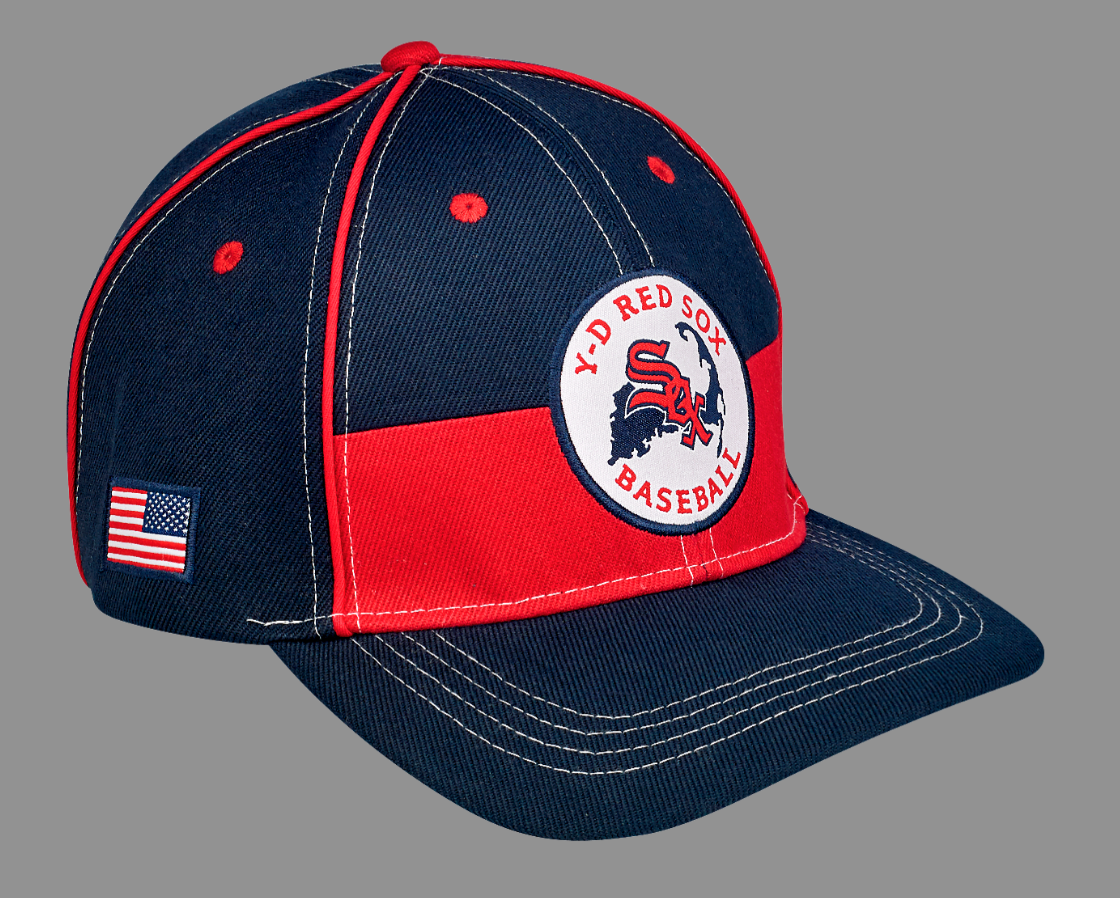
Why they work
Even before hats became Instagram stars, they were a powerhouse in the promotional industry thanks to their longevity and optimum brand exposure. “A promo hat makes thousands of impressions over its lifetime,” said Allen. “That means more people see your cap with your logo, more than any other accessory. Headwear is one of the most popular promotions because it is affordable and highly sought after.”
Liu agreed, pointing out the unique way hats generate impressions versus other popular promotional products. “I think while writing instruments and drinkware are in the top spots [for promotional impressions], they are confined to the indoors of an office or the home, where the impressions are to the same people over and over again,” she said. “With headwear, this can be worn outdoors, where you can expose the impression to different audiences throughout the lifetime of the hat. Hats can be worn for consecutive days, but T-shirts, not as much.”
Meanwhile, Allen pointed out that every industry could benefit from a headwear promotion. In fact, HTT Apparel has supplied hats to everyone from food industry workers to pig farmers. Fitness studios, breweries, restaurants, trucking companies—you name it, hats have a place in the market.
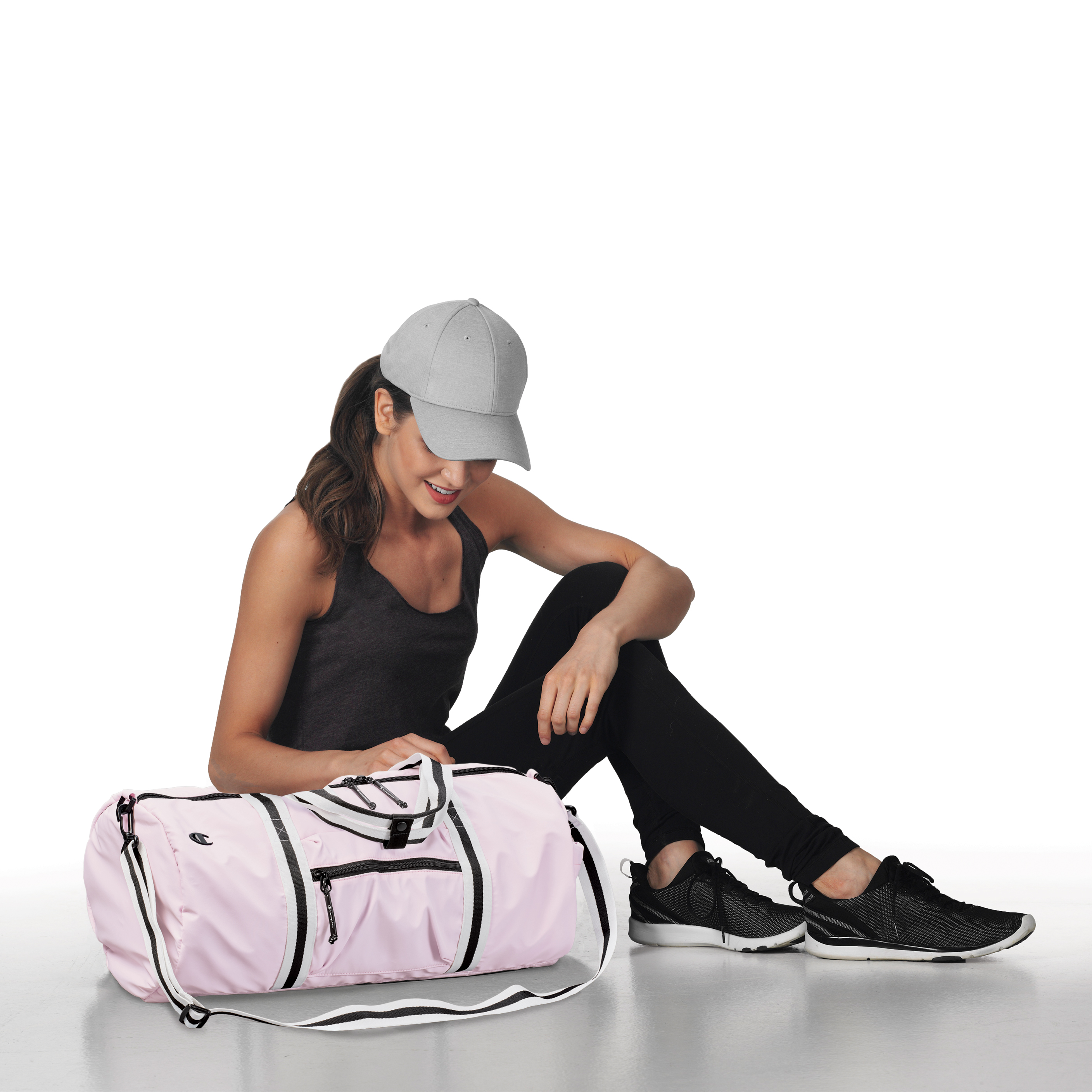
What’s trending in promotional hats
Once you’ve sold your client on a hat promotion, it helps to know what’s trending in the category. Spier gave his trend report. “The dad hat and mesh-back caps are popular styles in a number of our brands,” he said. “[…] Flat-bill and snap-tab closure caps from Flexfit are a trend-topper. The snap-back gets its name from an adjustable strap or ‘snap’ at its back, which makes it a one-size-fits-all style.” He also noted that five- and six-panel trucker caps are a timeless staple that celebrities like Justin Timberlake, Jay-Z and Reese Witherspoon continue to wear.
Allen mentioned that square-bill, low-profile structured caps are holding steady, and she agreed that the low-profile five-panel caps are still requested. She also had some observations on what’s in-demand for fabrications. “Treated fabrics with moisture-repelling benefits are increasing because of the popularity [of the] athleisure trend,” she said. “Textured fabrics also seem to be gaining some interest.”
While color trends haven’t shifted much, Allen pointed out that distributors can get creative with color accents. “Most of our clients prefer basic colors, such as black, charcoal, navy, khaki and white,” she said. “We are using several bright contrast colors as accents on the caps, such as under-the-visor color and inside or outside taping—but when it comes to headwear the real party is in the decoration type.”
Speaking of decoration, Liu mentioned that embroidery is still the way to go. “Embroidery is the most popular type of decoration for headwear promotions,” she said. “It looks good, and it is also more affordable than other fancier looking types of decoration. Embroidery also has a much faster turnaround.”
Spier added that applying either hand-sewn or heat-sealed patches is a big trend for hat decoration right now, but he also said it’s important for distributors to go one step further. “Color and logo placement are key for branding,” he said. “The days of decorating just the front in one or two colors have evolved to placement on the back and sides in colors that pop or complement the hat style and color.”
Above all, however, Allen stressed the importance of matching the decoration method to the client’s logo.
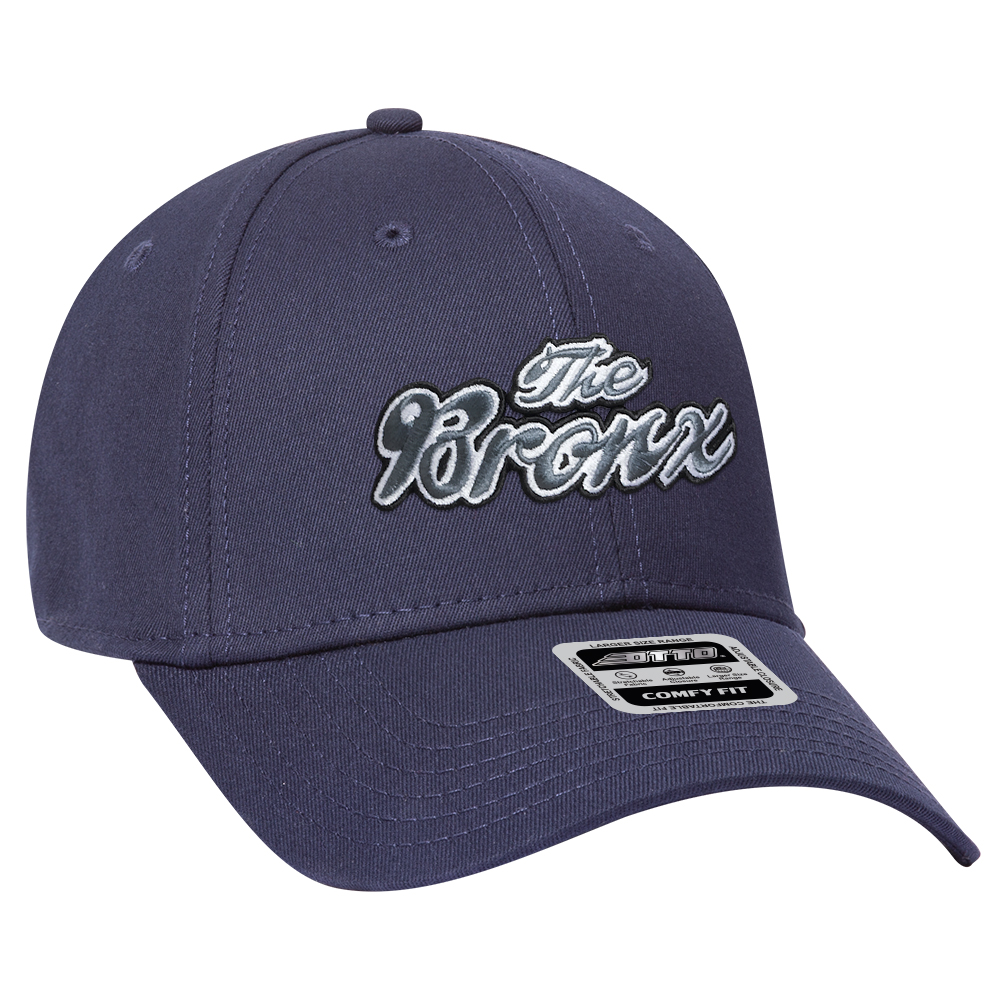
Selling tips
In order to achieve a successful headwear promotion, it’s not enough to know the trending styles—you have to be able to guide your client through the entire process. For starters, Liu stressed the importance of quality and fit. “As this is something that people wear on their heads, it needs to be comfortable and good looking,” she said. “Otherwise, no one will want to wear the cap, rendering it an unsuccessful promotional tool. It may cost a little bit more than other caps you can get much cheaper, but always ask yourself, ‘Is this something I would wear myself?’ If you don’t believe in what you’re selling, it makes it harder to sell others.”
Allen had some pointers on the supplier-selection process. “Do your homework, and make sure you are dealing with a cap supplier that specializes in this category,” she said. “The more they know, the more you will be able to offer to your customers. Make sure the supplier you work with offers samples, ideas and virtual design options,” she continued. “Tools always help you to sell any product, and the more the supplier can arm you with, the better. Research the supplier and what your customers’ likes and dislikes are. If they end up with a successful product, you will have successful reorders.”
And, of course, Allen stressed that knowing your prospective end-users is absolutely critical. “Making sure that distributors know the general market that their customer caters to is important,” she explained. “If it’s a company that sells to the majority of young adults in the 20-to-30 age bracket, they may want to stay away from unstructured caps and go with a more trendy approach. If they supply a cap that they want people to wear to spread the word about their company, they need to make sure it is appealing to that particular group.”
The good news is that once you’ve mastered headwear promotions, the sky’s the limit. “In the 25 years of being in the headwear business, I don’t see headwear slowing down,” Allen said. “I’ve only watched it grow throughout the years—seeing more and more promotional suppliers hopping on board with manufacturing headwear. It still is, and always will be, a highly sought-after promotional item.”

